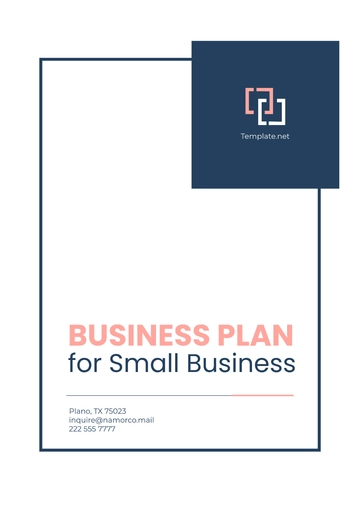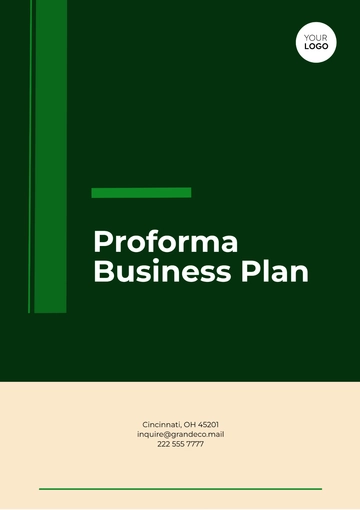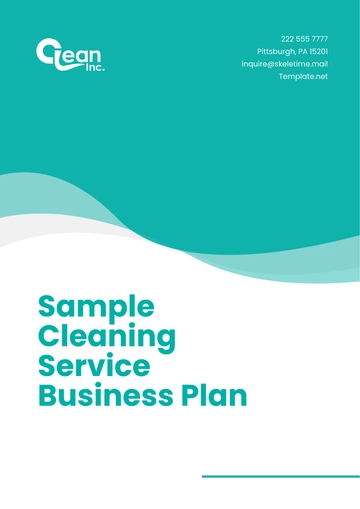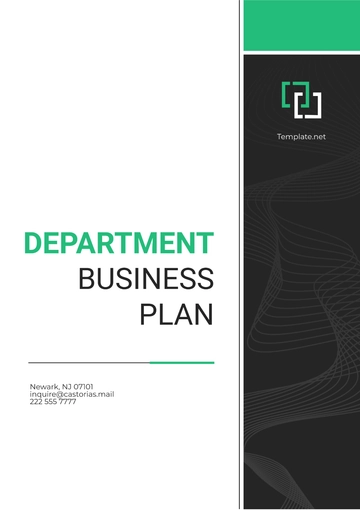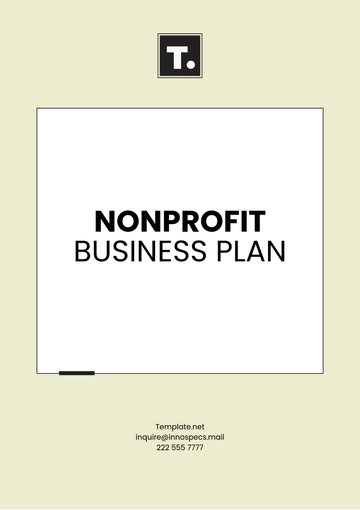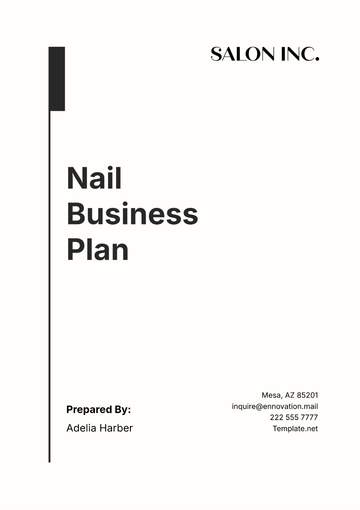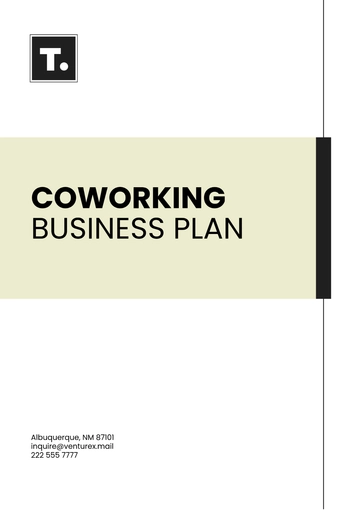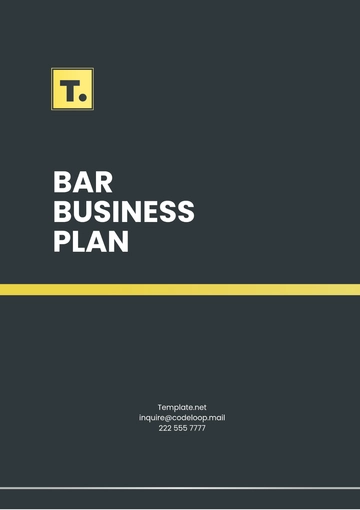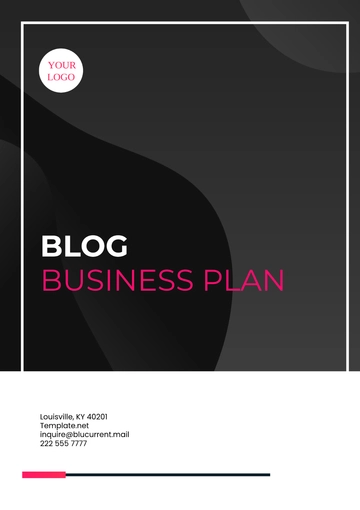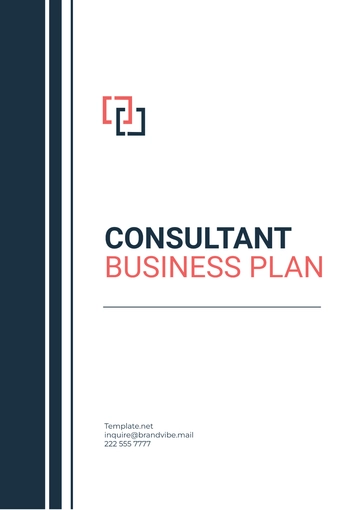Free Business Analysis Work Plan
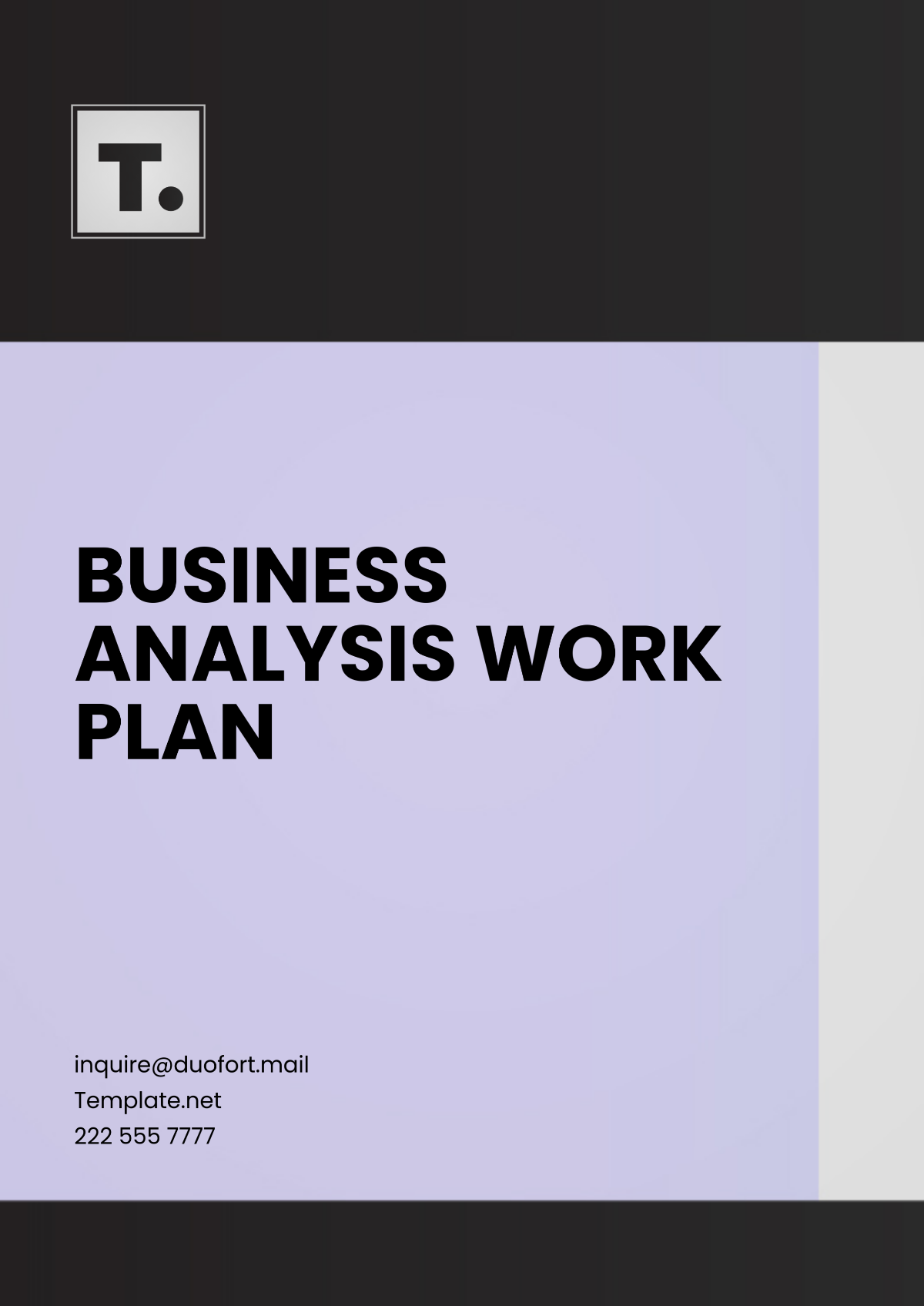
Name: | [YOUR NAME] |
Company: | [YOUR COMPANY NAME] |
Department: | [YOUR DEPARTMENT] |
Date: | [DATE] |
I. Introduction
The Business Analysis Work Plan provides a comprehensive overview of the analysis project, its objectives, and the key deliverables expected. This document will guide all activities related to the project and ensure alignment with business goals.
A. Project Overview
This business analysis project will evaluate the operational efficiency and effectiveness of the company's customer service department. The goal is to identify areas for improvement, streamline processes, and optimize resource allocation to enhance customer satisfaction.
B. Business Goals
Increase customer satisfaction ratings by 15% over the next 12 months.
Reduce customer service response times by 20% by implementing process improvements.
Achieve a 10% reduction in operational costs through improved efficiency.
C. Stakeholders
Project Sponsor: Lester Nolan Chief Operating Officer (COO)
Business Analyst: Floyd Cremin, Senior Business Analyst
Customer Service Team: Includes managers, team leads, and front-line agents
IT Department: Collaborates on integrating software tools and systems
External Consultant: Elvie Block, Expert in Process Optimization
II. Scope
The scope section defines what is and isn’t part of this business analysis project, as well as any assumptions and constraints that could affect the project's success.
A. In-Scope
Analyze current workflows, communication channels, and customer feedback mechanisms.
Conduct surveys and focus group discussions with employees and customers to gather insights.
Identify bottlenecks in the current customer service processes and recommend solutions.
Develop a roadmap for the implementation of changes and improvements.
B. Out-of-Scope
Redesigning the company’s entire customer service software system.
Overhauling the company’s marketing or sales processes.
Expanding the project to other departments or locations outside of customer service.
C. Assumptions
All departments will provide full access to relevant data for analysis.
Stakeholders will be available for feedback and approvals as needed.
The customer service department is committed to supporting process changes and improvements.
D. Constraints
Limited budget for purchasing new tools or technologies.
Time constraints, as the project must be completed within 6 months.
Resistance to change from some team members may impact implementation.
III. Timeline
The timeline provides a clear schedule for the business analysis activities, with key milestones and deadlines.
Project Start Date: January 15, 2050
Key Milestones:
Phase 1 - Data Collection & Analysis: January 15, 2050 – February 28, 2050
Conduct surveys, interviews, and focus groups with staff and customers.
Analyze existing customer service workflows and performance metrics.
Phase 2 - Identify Opportunities for Improvement: March 1, 2050 – March 31, 2050
Identify process inefficiencies and recommend improvements.
Draft a preliminary report outlining key findings.
Phase 3 - Develop Implementation Plan: April 1, 2050 – April 30, 2050
Create a detailed implementation plan with timelines, resource needs, and key responsibilities.
Phase 4 - Final Report & Presentation: May 15, 2050 – May 30, 2050
Present findings and recommendations to stakeholders.
Finalize the Business Analysis Work Plan based on feedback.
End Date: June 15, 2050
IV. Tasks and Activities
This section outlines the core tasks and activities that will drive the analysis process, providing a clear guide to what needs to be accomplished.
A. Data Collection
Gather performance data on customer service interactions (response times, resolution rates, satisfaction surveys).
Survey customers to understand their satisfaction levels and areas of concern.
Interview customer service representatives to identify pain points and inefficiencies in workflows.
B. Stakeholder Interviews
Meet with department heads to understand their expectations for the customer service department.
Conduct one-on-one interviews with front-line employees to gain insights into daily challenges.
Hold focus group sessions with a diverse group of customers to uncover issues they face with the service process.
C. Process Mapping
Create visual flowcharts of current customer service processes, including interactions between customers and agents.
Map out response times, communication flow, and customer touchpoints to identify potential delays and bottlenecks.
Document the existing system for handling customer queries and complaints, highlighting inefficiencies.
D. Requirements Documentation
Compile a comprehensive list of requirements based on feedback from stakeholders, customers, and team members.
Prioritize these requirements based on impact and feasibility.
Develop a requirements specification document that outlines key deliverables for improving customer service operations.
E. Analysis Techniques
SWOT Analysis: Identify strengths, weaknesses, opportunities, and threats in the current customer service operations.
Gap Analysis: Compare current performance with industry standards or benchmarks to identify areas of improvement.
Cost-Benefit Analysis: Analyze the financial impact of implementing process improvements versus the cost of inaction.
V. Roles and Responsibilities
Clearly defining the roles and responsibilities of all team members ensures accountability and transparency throughout the project.
A. Business Analyst
Lead the analysis process, collect data, and produce reports.
Facilitate stakeholder interviews and workshops.
Document requirements and ensure the deliverables meet business goals.
B. Project Manager
Oversee the overall project timeline, budget, and resource allocation.
Coordinate tasks between the business analyst, stakeholders, and external consultants.
Ensure that risks are managed and the project remains on track.
C. Stakeholders
Review analysis reports and provide feedback.
Approve final recommendations and implementation plans.
Support the communication and change management process.
D. Subject Matter Experts (SMEs)
Provide expertise on customer service processes and workflows.
Help identify critical areas for improvement within the department.
Assist in developing the solution design and implementation plan.
VI. Resources
The resources section identifies the tools, budget, and personnel necessary for successful project completion.
A. Tools and Software
Use of data analytics software to process and analyze customer service performance data (e.g., Tableau, Excel).
Survey and feedback tools for collecting customer input (e.g., SurveyMonkey).
Project management software for scheduling and task tracking (e.g., Asana, Trello).
B. Budget
The total project budget is estimated at $50,000, covering tools, personnel, and any additional external consulting services required.
C. Team Members
John Smith, Senior Business Analyst (100% commitment)
Maria Perez, External Consultant (50% commitment)
Samantha Green, Project Manager (100% commitment)
Five Customer Service Representatives (Participate in data collection and interviews).
VII. Risk Management
Identifying potential risks and outlining strategies to mitigate them helps ensure the project stays on track.
A. Potential Risks
Resistance to Change: Employees may resist adopting new processes and systems.
Delays in Data Collection: Difficulty in scheduling interviews or gathering sufficient data.
Stakeholder Misalignment: Differing expectations between stakeholders could lead to delays or rework.
B. Mitigation Strategies
Conduct workshops to address resistance to change and encourage stakeholder buy-in.
Ensure a detailed plan for scheduling and follow-up on data collection.
Regular communication with stakeholders to align expectations and clarify requirements.
C. Contingency Plan
If data collection is delayed, adjust the timeline for analysis and extend the project duration by up to two weeks.
If stakeholder alignment is an issue, schedule additional meetings to resolve conflicts and clarify project goals.
VIII. Approval and Sign-off
This section provides a space for stakeholders to review and approve the plan, ensuring all parties agree on the approach.
A. Approval Process
The work plan will be reviewed in a meeting with key stakeholders, including the Project Sponsor, Business Analyst, and Department Heads.
Final revisions will be made based on feedback, and the document will be signed off by all parties.
B. Signatures

Lester Nolan
COO

Floyd Cremin
Senior Business Analyst

[Your Name]
Project Manager
- 100% Customizable, free editor
- Access 1 Million+ Templates, photo’s & graphics
- Download or share as a template
- Click and replace photos, graphics, text, backgrounds
- Resize, crop, AI write & more
- Access advanced editor
Introducing the Business Analysis Work Plan Template, exclusively from Template.net. Crafted to streamline your project management process, this editable and customizable tool empowers you to strategize with precision. Seamlessly tailored to your needs, it's not just editable in traditional formats but also in our cutting-edge AI Editor, ensuring efficiency and adaptability like never before.
You may also like
- One Page Business Plan
- Coffee Shop Business Plan
- Restaurant Business Plan
- Food Business Plan
- Real Estate Business Plan
- Executive Summary Business Plan
- Cover Page Business Plan
- Nonprofit Business Plan
- Daycare Business Plan
- Construction Business Plan
- Startup Business Plan
- Medical Business Plan
- Bakery Business Plan
- Service Plan
- Hotel Business Plan
- Catering Business Plan
- School Business Plan
- Healthcare Business Plan
- Transportation Plan
- Sports Plan
- Car Wash Business Plan
- Salon Business Plan
- Clothing Business Plan
- Farming Business Plan
- Boutique Plan







